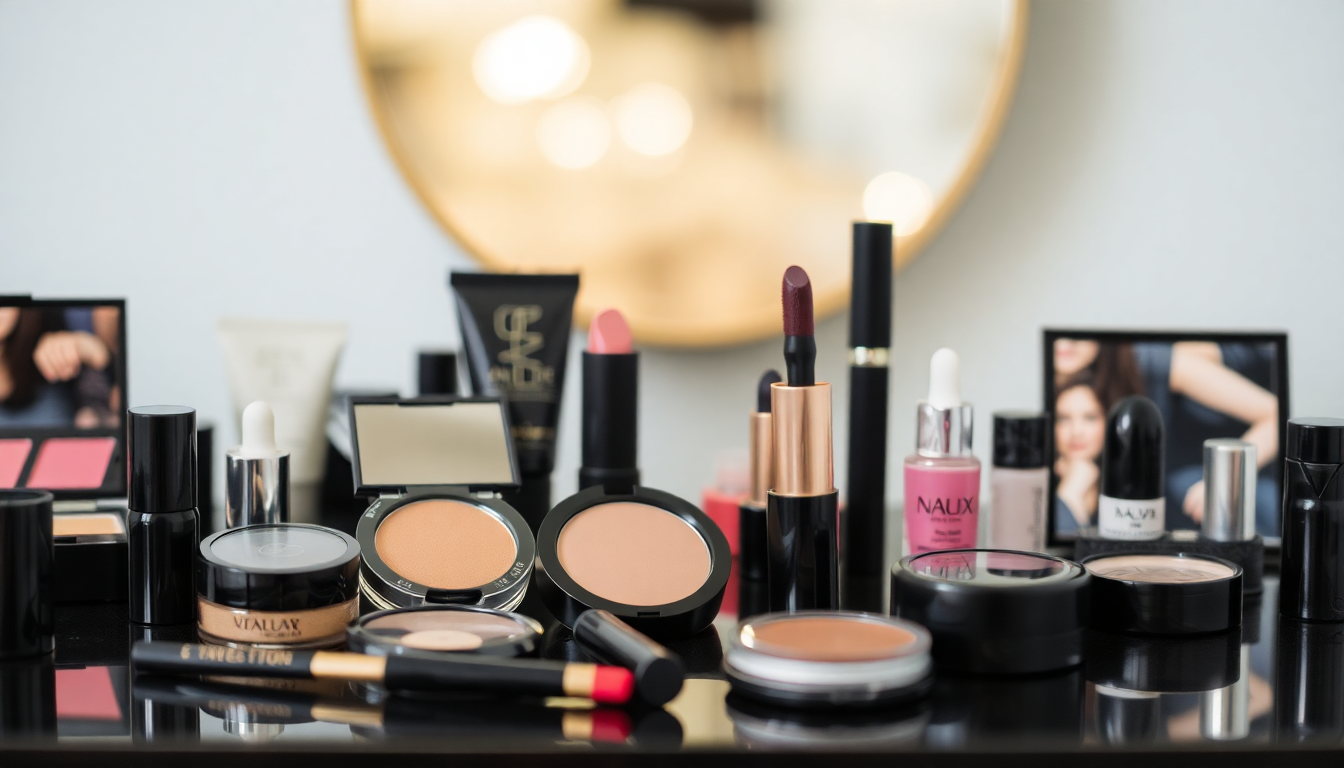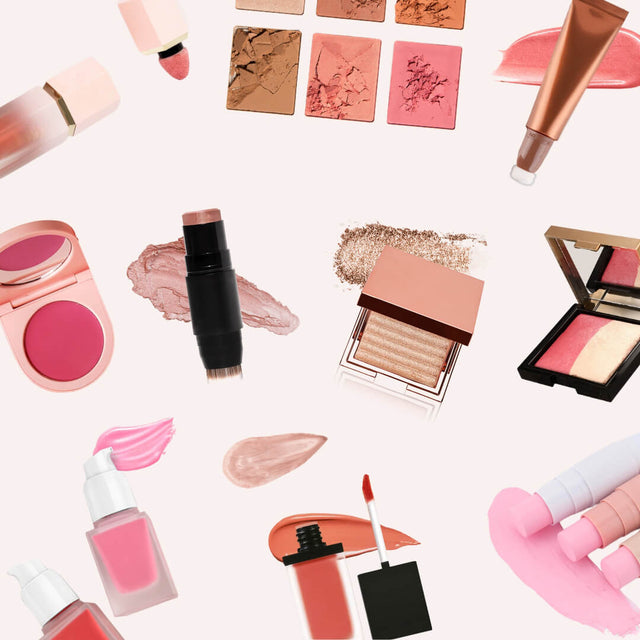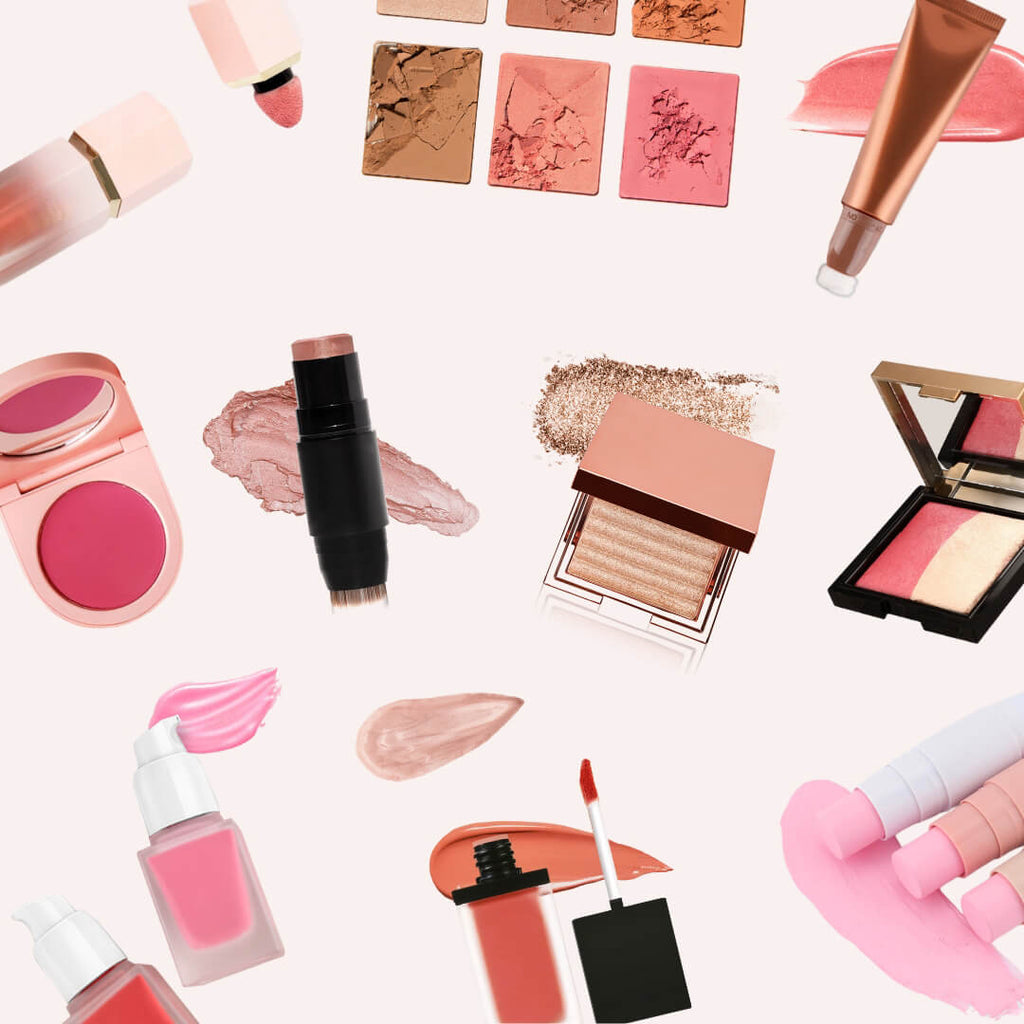
Navigating the Global Makeup Market: Essential Steps for Launching Your Private Label Brand in 2025 Across Key Regions
Introduction
The global makeup market is experiencing significant growth, driven by changing consumer preferences and a surge in demand for innovative products. As we step into 2025, the opportunity to launch a private label makeup brand is more enticing than ever. However, to navigate this competitive landscape successfully, it's essential to understand the unique challenges and opportunities present in different regions across the globe. This comprehensive guide will walk you through the essential steps for setting up your makeup business in key regions, including North America, Europe, Asia-Pacific, and Latin America.
1. Understanding Cosmetics Regulations and Labeling
Before you launch your makeup brand, familiarize yourself with the regulatory landscape in each target market. Understanding the regulations surrounding cosmetics is crucial for compliance and to ensure consumer safety. Here’s an in-depth look at the essential regulations for each key market:
-
North America:
- United States: The FDA oversees cosmetics, requiring that all products be safe for use and properly labeled. Ingredients must not be misleading, and all claims, such as "hypoallergenic" or "non-comedogenic," should be scientifically substantiated.
- Canada: Similar to the U.S., Canada has regulations under the Cosmetic Regulations. All ingredients must be listed on the product label, and companies need to notify Health Canada about their products before they can be sold.
-
Europe:
- The EU requires compliance with the Cosmetics Regulation (EC) No. 1223/2009. A Product Information File (PIF) must be created for each product, containing safety assessments and product specifications. Additionally, the EU's REACH regulation must be adhered to for the safety of chemicals used in cosmetics.
-
Asia-Pacific:
- Japan: The Pharmaceuticals and Medical Devices Agency (PMDA) regulates cosmetics. Products must undergo a safety assessment, and labeling requirements are strict, requiring ingredient transparency.
- South Korea: South Korea’s Ministry of Food and Drug Safety mandates a registration process for cosmetics, along with safety and efficacy evaluations. The K-beauty trend also emphasizes innovative formulations and packaging.
-
Latin America:
- Brazil: The Brazilian Health Regulatory Agency (ANVISA) requires that all cosmetics be registered and have appropriate documentation. Brazil has adopted a unique set of regulations that prioritize both consumer safety and environmental impact.
- Mexico: The Federal Commission for Protection Against Sanitary Risk (COFEPRIS) oversees cosmetic regulation, requiring product registration and adherence to safety standards.
2. Setting Up Your Makeup Online Store
Having a robust online presence is crucial in today’s digital-first marketplace. Here are detailed steps to set up your makeup online store effectively:
-
Choosing the Right E-commerce Platform: Selecting a platform that fits your brand's needs is key. Consider options like:
- Shopify: Ideal for beginners, with numerous templates and apps for customization.
- WooCommerce: A plugin for WordPress, perfect if you're already familiar with the platform.
- Magento: Suitable for larger businesses looking for extensive customization and scalability.
-
Designing an Engaging User Experience: Ensure your website is visually appealing, easy to navigate, and mobile-friendly. Incorporate features such as:
- High-quality images and videos of products.
- Product descriptions that highlight unique selling points.
- A streamlined checkout process to reduce cart abandonment.
-
Search Engine Optimization (SEO): Optimize your website for search engines to improve visibility. Key strategies include:
- Using relevant keywords related to your products, such as "vegan makeup" or "glamour eyeshadow palette."
- Creating blog content that provides value to your audience while incorporating SEO best practices.
- Building backlinks from reputable beauty blogs and influencers.
- Implementing Secure Payment Options: Provide a range of secure payment methods, including credit cards, PayPal, and digital wallets, to accommodate consumer preferences.
-
High-Quality Visuals: Invest in professional photography and videography that captures the essence of your brand. Consider:
- Creating tutorial videos to showcase application techniques.
- Using user-generated content to build trust and authenticity.
3. Marketing Your Makeup Brand
Effective marketing strategies are essential for brand visibility and consumer engagement. Below are some innovative approaches to market your makeup brand in 2025:
-
Influencer Collaborations: Collaborating with beauty influencers can amplify your brand's reach. Look for influencers whose values align with your brand. Consider:
- Long-term partnerships for authenticity.
- Hosting giveaways or challenges to engage their audience.
-
Social Media Advertising: Platforms such as Instagram, TikTok, and Pinterest are vital for targeting beauty enthusiasts. Utilize:
- Engaging ads that showcase your products in action.
- Instagram Stories and TikTok videos to create buzz about new launches.
-
Sustainable Practices: Highlighting eco-friendly packaging and cruelty-free formulations can attract socially conscious consumers. Strategies include:
- Transparent communication about your sourcing and manufacturing processes.
- Implementing recycling programs or incentives for customers to return packaging.
- Virtual Try-Ons: Leveraging augmented reality tools can enhance the shopping experience. Platforms like YouCam Makeup offer tools that allow customers to virtually try on products before purchasing.
- Email Marketing: Build a subscriber list to send personalized offers, product announcements, and beauty tips. Segment your audience for targeted campaigns to increase engagement.
4. Navigating Import Policies
Importing cosmetics into various markets requires a thorough understanding of local regulations. Here are critical factors to consider:
- Tariffs and Duties: Research applicable tariffs and duties for importing cosmetics into each region. This knowledge will help you set competitive pricing while ensuring compliance with local laws.
-
Documentation: Ensure you have all necessary documentation, including:
- Commercial invoices detailing product descriptions and values.
- Certificates of origin to confirm product authenticity.
- Any specific certificates required by the importing country, such as cruelty-free or organic certifications.
- Customs Regulations: Familiarize yourself with customs regulations in each market to avoid delays and additional costs. Engaging a customs broker can facilitate a smoother import process.
- Shipping Logistics: Choose reliable logistics partners for shipping and delivery. Consider factors like shipping time, costs, and tracking capabilities to ensure customer satisfaction.
5. Trends Shaping the Makeup Industry in 2025
Staying ahead of trends is crucial for any makeup brand. Here are some of the top trends shaping the industry in 2025:
- Clean Beauty: Consumers are increasingly seeking products free from harmful chemicals. Emphasizing clean, natural ingredients can enhance your brand’s appeal.
- Personalization: Customizable products, such as bespoke foundation shades or personalized palettes, are gaining traction. Offering tailored solutions can set your brand apart.
- Inclusivity: Brands that offer a diverse range of shades and products catering to different skin tones and types are more likely to resonate with consumers.
- Technological Integration: The use of AI and AR in product development and marketing is becoming commonplace. Exploring these technologies can enhance customer interaction and satisfaction.
- Wellness and Self-Care Influence: The intersection of beauty and wellness is a growing trend. Products that promote self-care, such as makeup infused with skincare benefits, can attract a wider audience.
Conclusion
Launching a private label makeup brand in 2025 is a venture filled with potential, provided you have a strategic approach. By understanding cosmetics regulations, setting up an engaging online store, implementing effective marketing strategies, navigating import policies, and staying attuned to industry trends, you can position your brand for success in the competitive global makeup market. Embrace innovation, prioritize consumer engagement, and continuously adapt to emerging trends to thrive in this dynamic industry.




